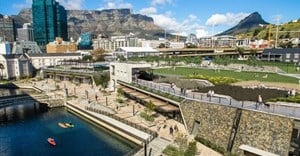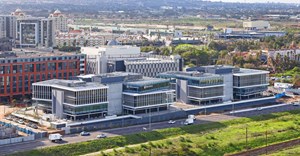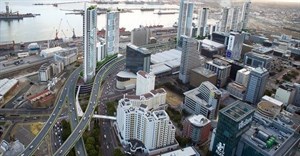Trending
Elections 2024
Jobs
- Architectural Draughtsman / Technician Knysna
- Quantity Surveyor George
CityLift master plan proposes reimagining of Cape Town Foreshore Freeway Precinct

CityLift is developed by a 10-company partnership including dhk, Urban-Think Tank, Jakupa, OKRA, Future Cape Town, Nadeson Consulting Services, Nigel Burls & Associates, Viruly Consulting, Rode and Associates, BTKM Quantity Surveyor and Trafficon. This scheme would expand the CBD and provide a new neighbourhood stretching one kilometre along the harbour’s edge.
dhk’s head of urban design, Guy Briggs, speaks about the complexity of the project: “If the freeway is completed according to the original design, it would simply relocate congestion, exacerbate the existing disconnection (especially the V&A Waterfront to the city), extend existing freeway structures that are already at year 40 of their 50-year structural lifespan, and fail to deliver significant development opportunities - all at huge cost.”
Three-part master plan
CityLift comprises three parts: the city extended to the harbour (at upper levels), sub-surface strategic movement systems, and a new linear park that connects the city and movement levels. The first step involves demolishing the Foreshore Freeway Bridge, dropping the working freeway to the ground and then gradually lifting the city up over this, creating a raised ground that extends the grid of the city at a height of approximately 7-10 metres above the existing ground level - lifting it over the public transport and cars moving below. This would allow the CBD to expand, providing more mixed-use space for commercial, residential and cultural facilities and deliver a new city district. A four-lane road in both directions, including dedicated BRT bus lanes, along with parking and other services infrastructure to support the developments above, and a future interface with the harbour, would be built beneath the raised city ground.


The raised city ground – created two storeys about existing ground level - would also provide the missing link for a grand public promenade and walkway stretching from Sea Point to Table Bay. Dubbed the “Big S”, the public promenade would act like a ‘grand urban balcony’ defined by its views of the ocean and harbour, as well as Table Mountain. The promenade would be made possible by linking a series of land parcels and public parks, such as Green Point Park, Trafalgar Park and others, and would ultimately result in a more easily accessible CBD – thus diminishing the city’s traffic congestion to create a 24/7 pedestrian-friendly city. (Access to the CBD is limited as it is surrounded by mountains and sea).
Additionally, the raised city ground creates an edge to the harbour that allows the port functions to be retained at existing ground level while enabling sweeping views over these to the sea.

Sustainable development
CityLift also makes provision for affordable housing, embracing equitable and sustainable development principles. Traffic congestion is further considered by prioritising public transport, allowing a flow of people and vehicles through Cape Town. The plan promotes long-term value through its incremental development and green infrastructure that is flexible enough to be adapted over 50 to 100 years of a changing environment.
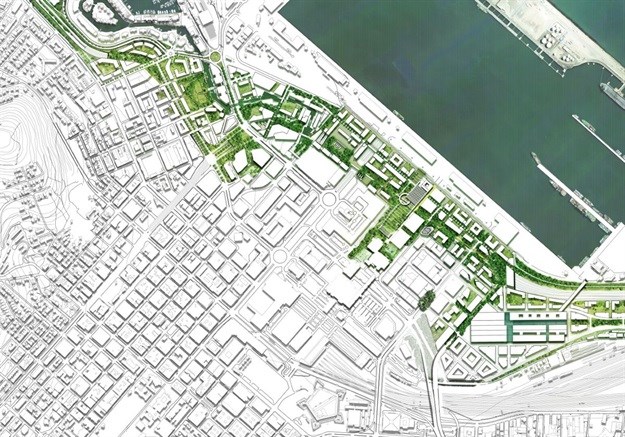
The extension of the city grid will enable the completion of green links between Table Mountain and the sea.
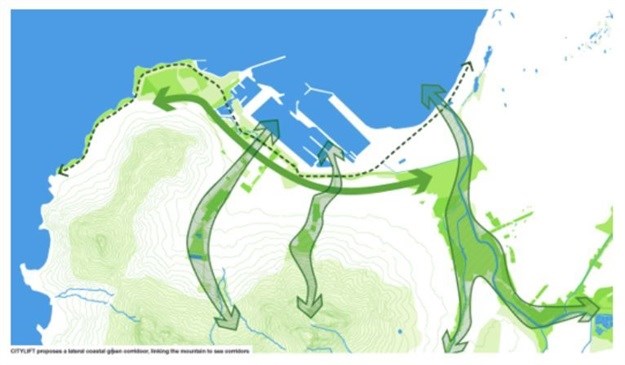
CityLift’s framework provides a realistic solution that connects the city to the ocean, optimises vehicular and pedestrian traffic, embraces an equitable approach to the way the city is built and enables Cape Town to adapt better to the future.









